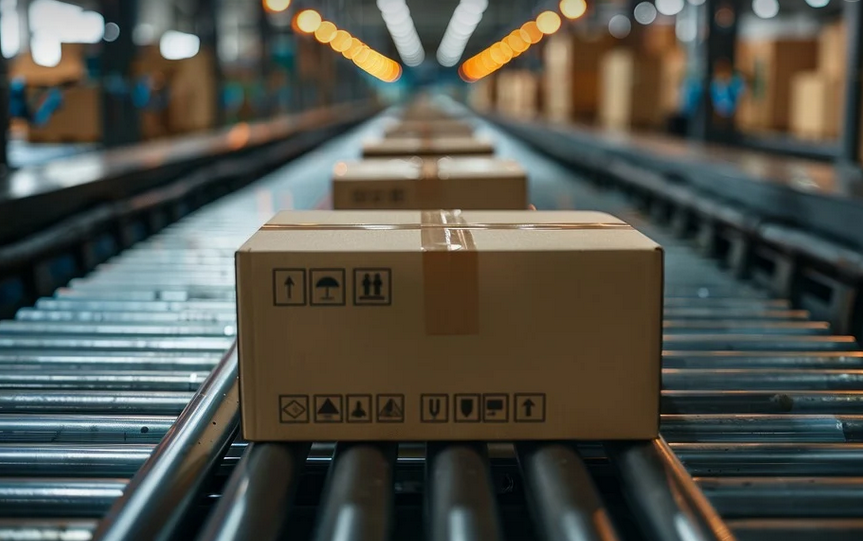Indiana Toll Road: A Closer Look At The Cost

Navigating the Expenses of America’s Iconic Highway
The Indiana Toll Road, a name synonymous with American infrastructure and driving experiences, has fascinated and intrigued motorists for years. But have you ever stopped to think about the hidden costs behind this iconic highway? It might surprise you to know that the Indiana Toll Road isn’t just a scenic stretch of asphalt; it’s a complex system involving countless players and a hefty price tag. Let’s dive into the world of toll road finances and explore what it truly takes to keep this vital artery of commerce running.
First, let’s understand where the money comes from. The Indiana Toll Road is not your typical state-funded highway project. It operates on a unique model: private ownership and public access through toll collection. The Michigan-based company that owns the road, MTO (Michigan Turnpike Organization), essentially rents out the right to drive on the road for a fee. This private partnership offers several advantages – faster completion times and more flexibility in terms of maintenance and expansion.
Now, let’s delve deeper into the financial aspect of this unique system. The Indiana Toll Road has been financed through bonds and loans, but it also generates substantial revenue from tolls collected on vehicles using the road. To make a clearer picture, let’s break down the cost structure:
- Bonds and Loans: The initial financing of the toll road was largely via bonds and loans issued to cover construction and acquisition costs. These borrowings are repaid to bondholders through dedicated toll revenue over time.
- Tolls: The core element of the system, tolls are charged for each vehicle that passes through various points on the Indiana Toll Road. The exact amount varies based on the location and class of vehicle, with those traveling at higher speeds often facing steeper fees.
- Maintenance & Operation Costs: As with any complex infrastructure project, maintaining and operating the Indiana Toll Road requires significant financial resources. These costs cover road maintenance, traffic management, security measures, and staff expenses.
- Government Regulations: The toll road falls under a complex regulatory framework, encompassing federal agencies like the Federal Highway Administration (FHWA) and state-level authorities. This ensures compliance with various safety and environmental standards, adding to the overall operational cost.
Despite the costs associated with maintaining this vital artery of commerce, it’s important to remember that the toll road has proven its worth over time. It’s a prime example of private-public partnerships where efficiency and innovation can benefit the entire nation. The Indiana Toll Road stands as a testament to the potential for creating sustainable infrastructure solutions while ensuring public access.
Beyond the numbers, it’s crucial to understand the impact this toll road has on the state of Indiana. The Indiana Toll Road creates jobs, boosts local economies, and facilitates trade. This dynamic system connects both rural and urban communities, fostering economic growth across the entire state.
However, there are always ongoing considerations for improvement and cost management. The toll road must constantly adapt to changing demands and emerging technologies. This involves exploring innovative solutions like variable pricing based on traffic conditions or even incorporating smart technologies like automated toll collection systems. It also means investing in research for more efficient maintenance practices and optimizing the overall system’s performance.
As we move forward, it’s essential to acknowledge that maintaining this vital artery of commerce requires sustained investment from both public and private sectors. The Indiana Toll Road provides a clear example of how collaboration can drive progress, offering valuable lessons for other infrastructure projects across the nation.
In essence, understanding the cost of the Indiana Toll Road is more than just about crunching numbers; it’s about comprehending its full impact on our society and the future of American mobility. This iconic highway serves as a vital link in our nation’s transportation network, connecting communities, fostering commerce, and driving progress.


